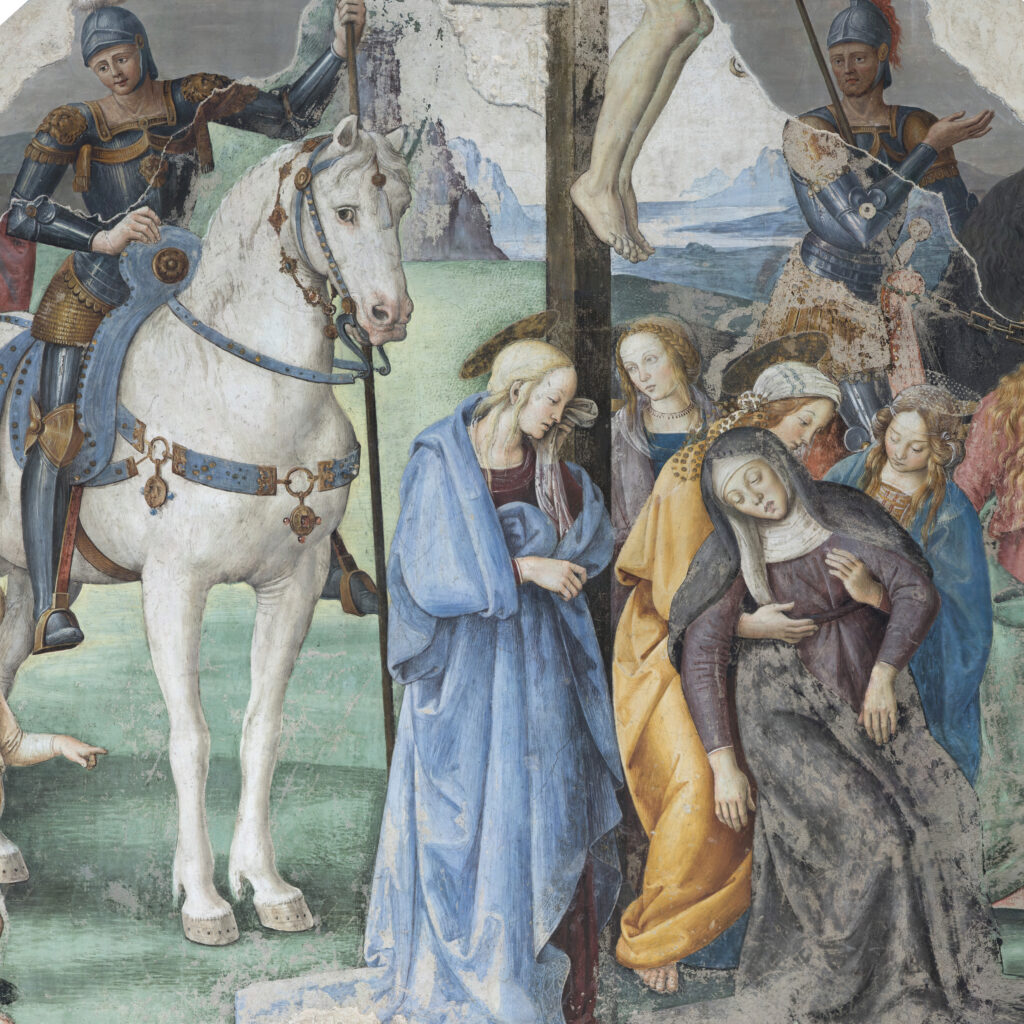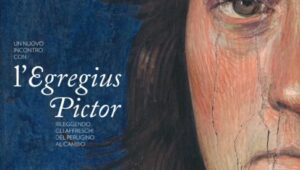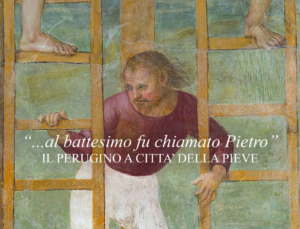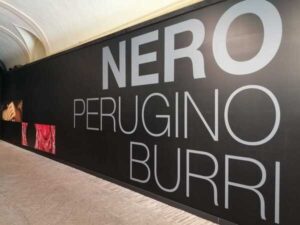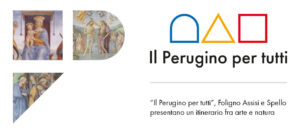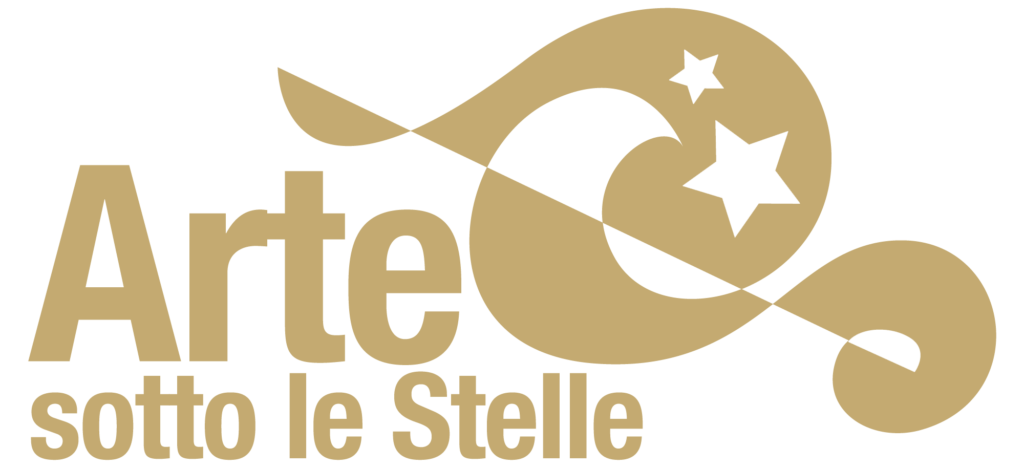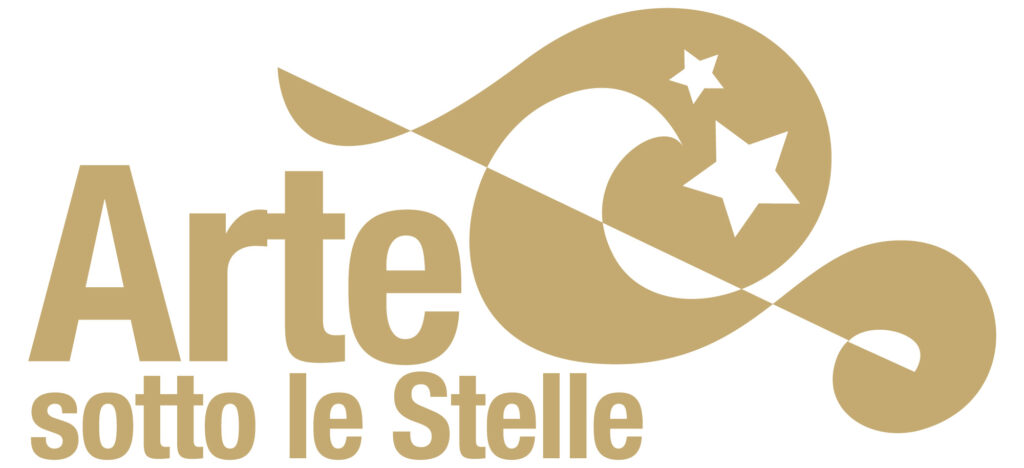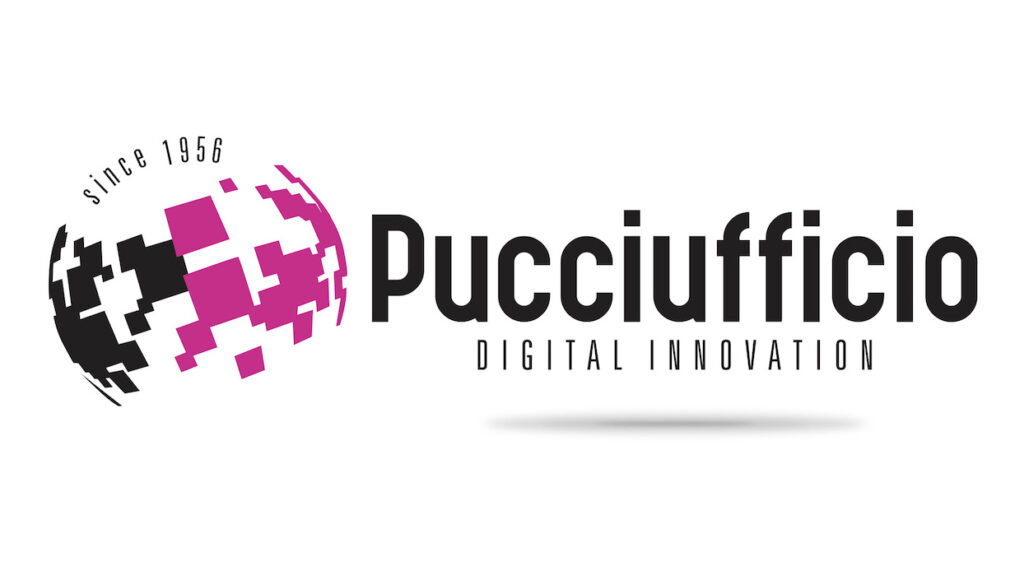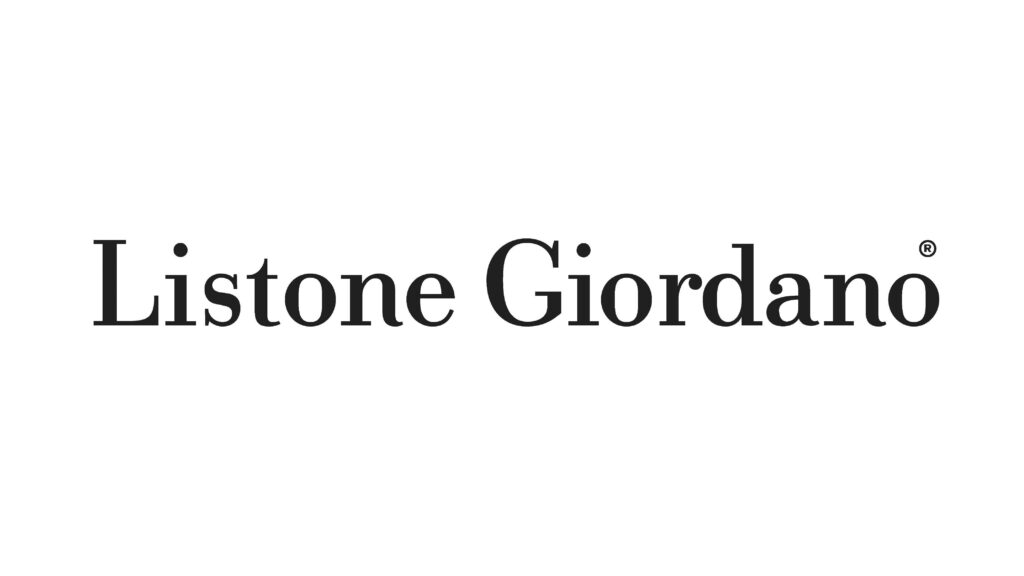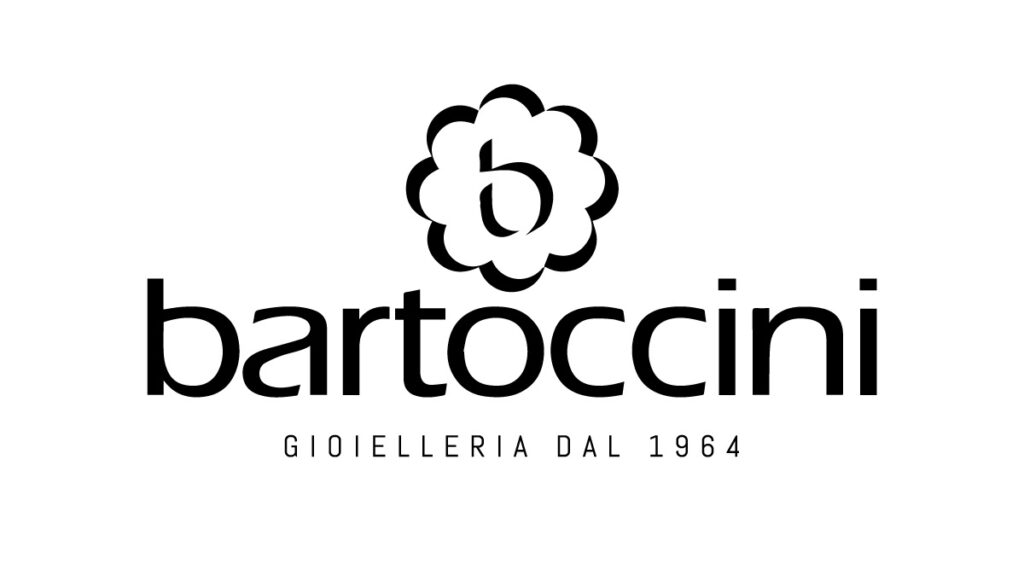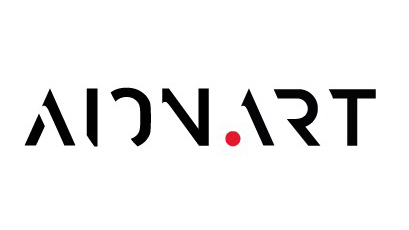The Crucifixion by Perugino, a great work of the master but almost unknown: only few know that it is “hidden” in the back wall of the Porziuncola of Santa Maria degli Angeli. This fresco today is revived thanks to a high-tech version made by Archimedes Art, through a 3D model able to enhance all the smallest details. A version that allows you to enlarge every detail and overcome the many gaps of the fresco, severely mutilated when the great papal basilica was built.
The so-called “hidden work” of Perugino, realized to decorate the back of the Porziuncola is known only by a minority, since it is placed out of sight of the millions of tourists and pilgrims who every year visit the place where Saint Francis died, The Easter holidays can therefore be an opportunity to come and visit Assisi, and to discover this treasure: just take a tour around the Perzioncula to see the fresco above the apse of the “little church”, in front of the main altar of the Basilica. However, those who cannot physically go to Santa Maria degli Angeli, in Assisi, can now see the 3D model the outside of the Porziuncola through the web, thanks to the platform www.perugino2023.org created by Archimede Arte on the occasion of the 500th anniversary of the death of the Divine Painter, which falls this year, and appreciate the work. Through the platform you can also browse an entire digital catalog in which there are all about 200 works created by Perugino during his long and fruitful artistic career, in addition to the cards of all museums, the bodies and churches that guard them globally.
History of the work. The fresco represents a Crucifixion: some women support Mary overcome by the pain of her son’s death, in the background the legs of a crucified man, in the right side Francis knelt at the foot of the cross. It was built by Perugino around 1486, in the outer wall of the Porziuncola, which was part of the choir was demolished in 1569, on the occasion of the start of work on the new monumental Basilica.
He realized it on commission of Antonia di Simone. Antonia dedicated eighteen florins in her will to the realization of a large work for which Perugino is in charge. The iconographic model chosen by the painter for this fresco is strictly local, namely the Crucifixion by Pietro Lorenzetti in the Lower Basilica of Assisi, which he reinterpreted in a Renaissance key. The fresco presents some gaps, and some figures, such as soldiers and bystanders on horseback, are missing; Instead, the base of the cross on which Christ stood, of which it is possible to see only a leg, the Virgin supported by the Women, Saint Mary Magdalene, Saint Francis embracing the cross, two soldiers on horseback and spectators, probably priests, together with a child. The work was heavily repainted in 1832; subsequently, a modern restoration has allowed to read the scene in its primitive draft, having eliminated the additions not pertinent to the original, .
Visita the 3D model of the Porziuncola here.

